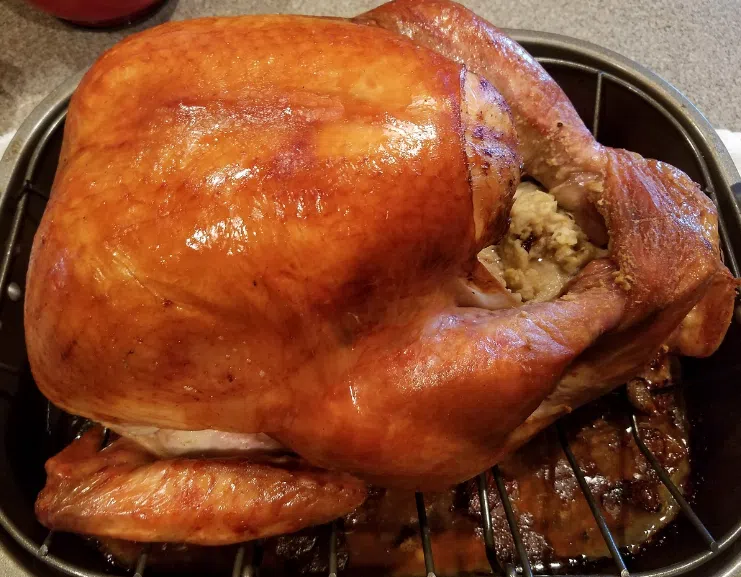While prepping and cooking those Thanksgiving meals and storing those leftovers following proper food safety guidelines can help create the happiest and healthiest holiday. Hannah Guenther is a rural health Extension educator and offers some advice to set yourself up for a successful Thanksgiving meal, from the preceding days through when all the guests have gone home.
“In the days leading up to Thanksgiving, clean out your refrigerator and freezer to free up space for ingredients and leftovers,” Guenther says. “Make sure you have enough space to thaw proteins in advance, store items prior to serving and store leftovers once the meal is over.”
She says food stored in the refrigerator needs to reach 40 degrees or less to prevent growth of bacteria. “If the refrigerator is overly crowded, food can’t cool down as quickly as it needs to,” Guenther says.
She also advises to start thawing your turkey early enough to ensure it thaws completely. The preferred, safest method is to put it in the refrigerator. “This can take one to three days for a 4- to 12-pound turkey, and even longer the larger the turkey is. Thawing all the way through is crucial to getting a consistent cook to 165 degrees throughout the entire turkey,” Guenther says.
“If the inside is frozen and the outside’s not, you’re going to be temping the outside thinking it’s completely done when that inside won’t be able to reach that proper temperature,” Guenther says. Cook turkey to a minimum of 165 degrees. If you cook stuffing inside the turkey, she says the stuffing also must reach 165 degrees.
If you’ve run out of time to thaw your poultry in the refrigerator, a faster but still safe method is to submerge it completely in cold water. Replace the water every 30 minutes when using this method.
Guenther also says don’t wash your turkey, keep warm things warm and cold things cold and don’t store your leftovers in the refrigerator for too long. Freeze what you will not eat right away.




